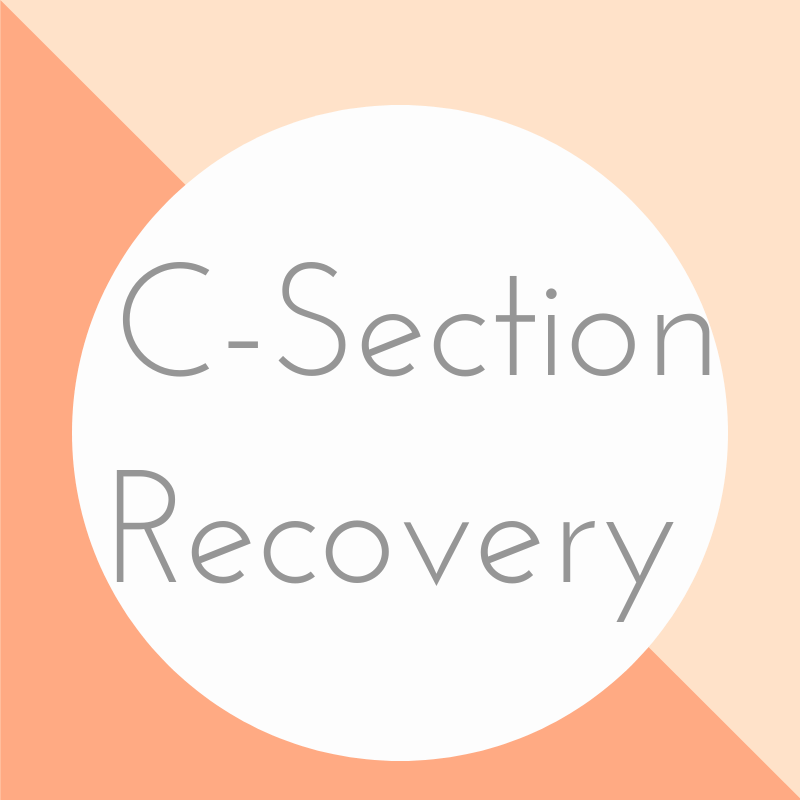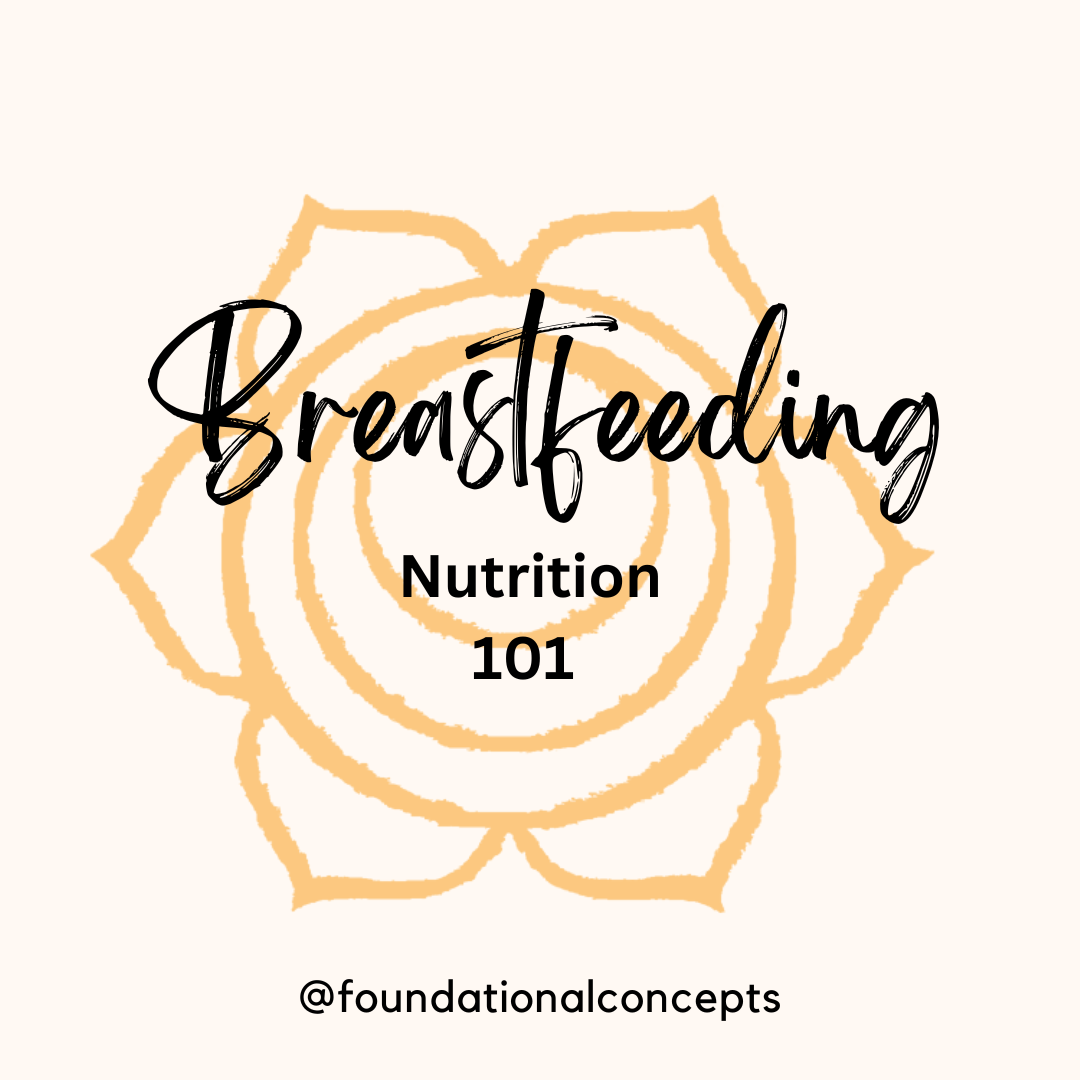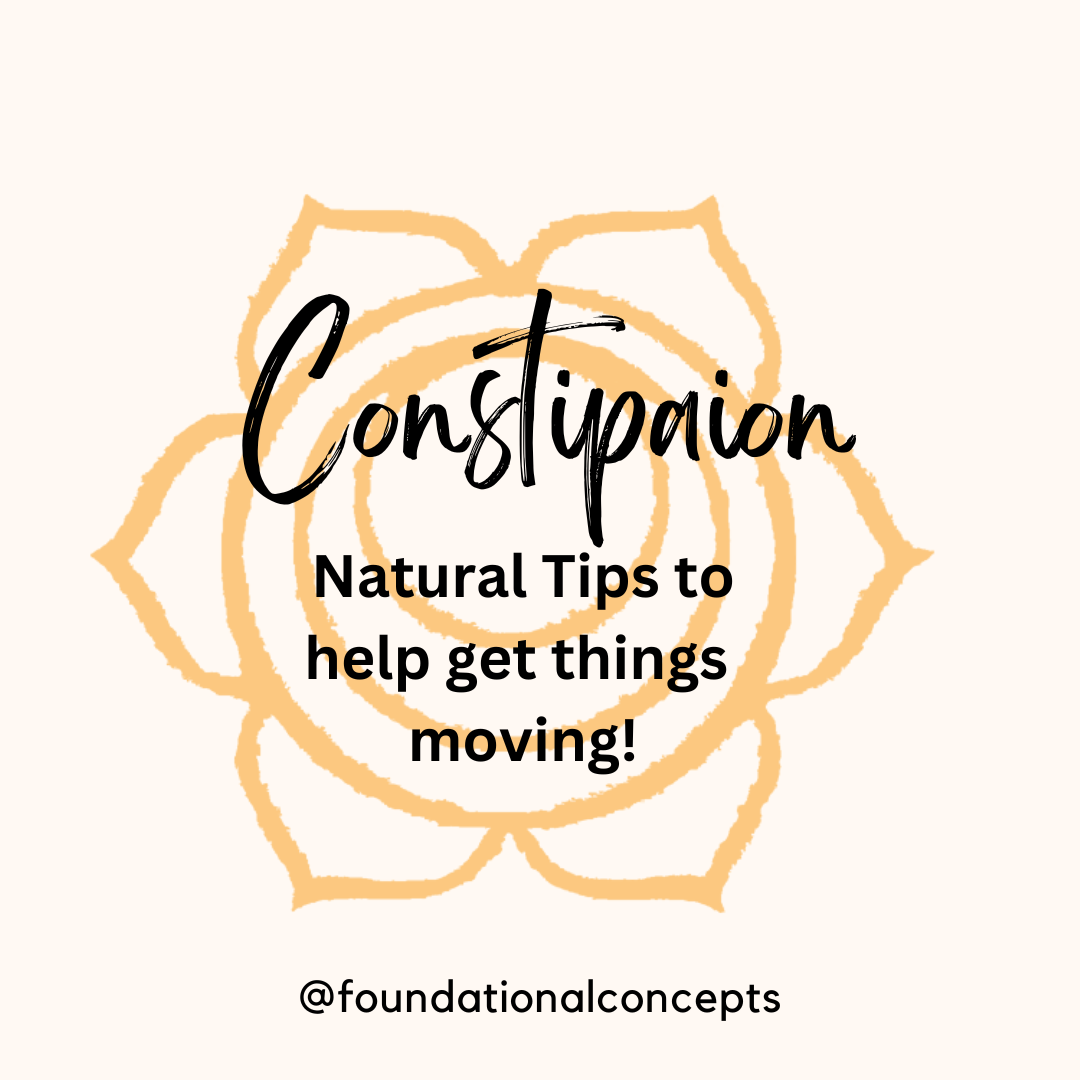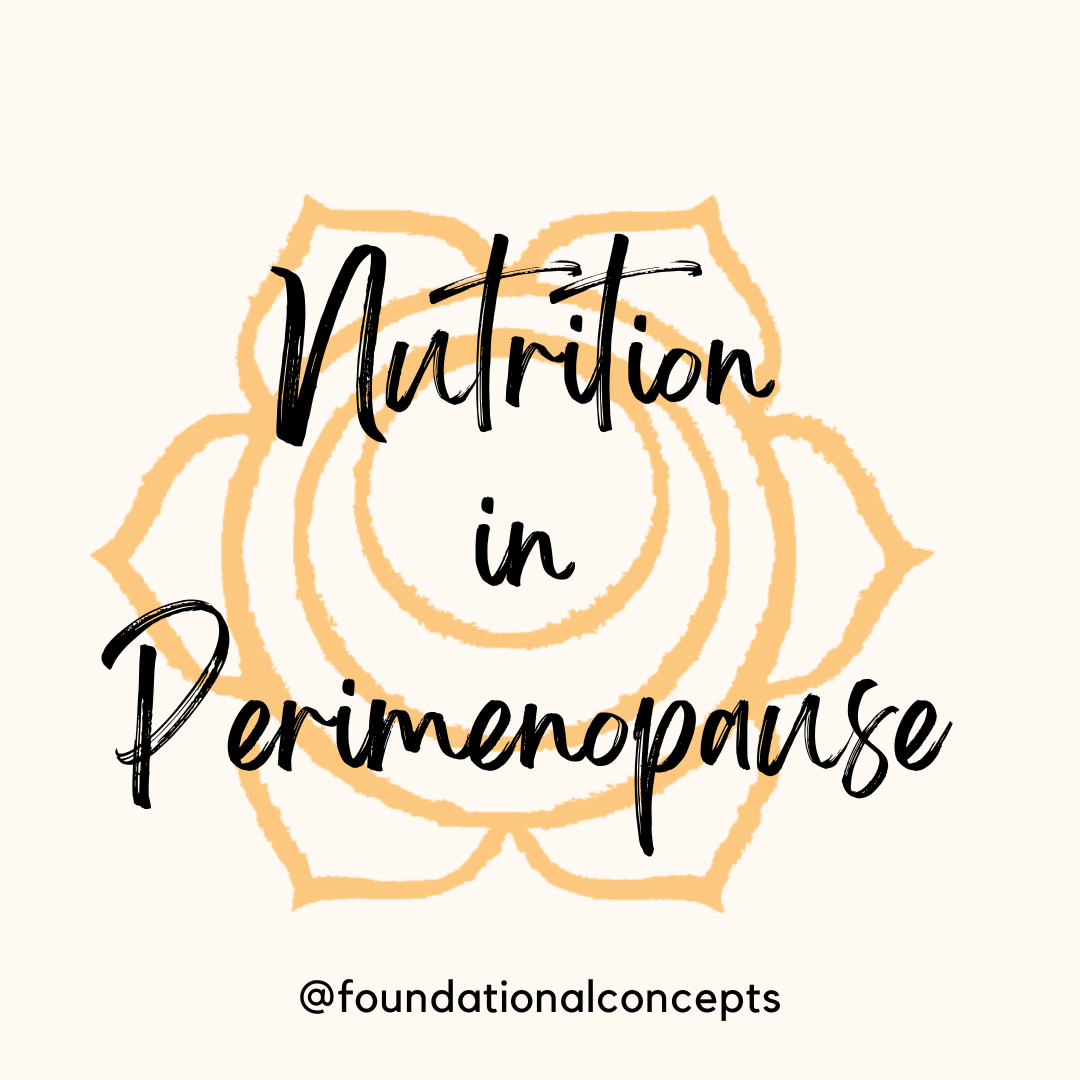Nutrition plays such an important role in our pregnancies and post-partum periods. Breastfeeding requires time…

C-Section Recovery
Thirty percent of all childbirths are performed via cesarean section. A c-section requires multiple layers to be cut through and stitched back together. Skin, then fat, then fascia, then muscles, the peritoneum, more fascia holding your organs in place and finally your uterus. After these layers are stitched back together, it seems obvious that we may have to work to restore healthy function of the muscles and tissues.
Healing after a Cesarean section delivery is a whole different ballgame than vaginal delivery. Many of you went into labor, labored and pushed for a period of time, only to have to have a C-section delivery. Emotionally it can be damaging as you had hoped for a vaginal delivery but didn’t get one. It also adds insult to injury, as you’ve strained the pelvic floor and vaginal area attempting to push, and now have abdominal wall weakness and incision after the surgery. This all equals extra time healing, and really stresses the importance of rehabilitating the pelvis BEFORE returning to exercise and activity.
Why? Pregnancy alone changes the ability of our brain and body to recruit our deep abdominal and pelvic floor muscles. Add these changes to the trauma of the surgery you went through and you have a recipe for poor motor control and recruitment. This increases your risk for injury, prolapse, incontinence or pain. Seeing a specialist in pelvic and post-partum health will allow you to identify where you are weak or overactive and help you with a plan to restore optimal function for a safe return to activity.
Some notes to remember after your C-section
- You birthed a baby. It may not have been what you were hoping for or expecting. Your story is an amazing, beautiful story of how that sweet, sweet human being came into the world. Own it. Write it down to share with your kiddo one day. Be proud. You are a champion.
- Your incision is not attractive. It is sore, numb or both and it takes weeks to heal. But it will get better.
- You can and should do scar massage once all stitches are gone and it is completely closed. Usually around 6-8 weeks. For instructions on this click HERE.
- Your incision may feel tight. Imagine all those layers that were cut through and sewn up, kind of like tucking in a shirt and reaching up. Your shirt pulls with you, much like the abdominal wall will after a C-section. Scar massage can help improve this.
- You may have issues with incontinence. You didn’t escape this, despite not delivering vaginally. You stressed the pelvic floor and pelvic organs with pregnancy and pushing, so it is not uncommon for some leakage to show up. Seeing a specialist in pelvic health to help you stop leaking is important. Leaking isn’t normal after babies and it can be fixed!
- You may also develop pelvic organ prolapse (POP). Again, just because you skipped the vaginal delivery doesn’t mean you didn’t stress the support system for the pelvic organs. Pregnancy itself does that. You should see a specialist who can help you learn to recruit the muscles correctly for optimal strength and coordination.
- You might have a Diastasis Recti (weakness or separation of the abdominal wall). This too can be remedied with rehab.
- You may still have pain with sex afterward. Again, pregnancy itself stresses the system, and the pelvic floor often develops poor patterns and overactivity after surgery. This causes habitual guarding or tensing these muscles, which can make sex painful or impossible. Don’t let this one go, as it can be very hard on a relationship and your mental health. It can be addressed, and you guessed it – a specialist in pelvic health can help you.
- Postpartum Depression/Anxiety has been looked at as a correlation to C-section delivery. There needs to be more research (like most women’s issues) but several studies have examined a possible link. Be educated. Be aware. It isn’t a character flaw. Your hormones are fluctuating greatly and a new baby is stressful and joyful and terrifying all at the same time. Cut yourself some slack and talk to someone! Ask for help.
- What you do early on can greatly affect you long term regarding core and pelvic floor strength, function and athletic ability. Your body wants to heal, giving it time and attention to do so will be more than worth it!
Sound like a broken record yet? It’s because I am. There is an entire profession centered on women’s health and postpartum care. It exists because it is proven to be beneficial and necessary to recovery. This is so important to your physical and emotional health. You underwent major surgery, not to mention the level of emotional and physical stress your body sustains with pregnancy. The issues that women develop in their lives could be reduced significantly if we began rehabilitating after baby at 6 -8 weeks postpartum. Women are educated in how to engage their core correctly, how to identify poor movement patterns and return to activity with reduced risk of incontinence, prolapse, pain or injury.
We offer a free 15 minute phone consultation to answer any questions you may have after C-section or any delivery, to give you the information you need to feel confident when you come in to see us!




